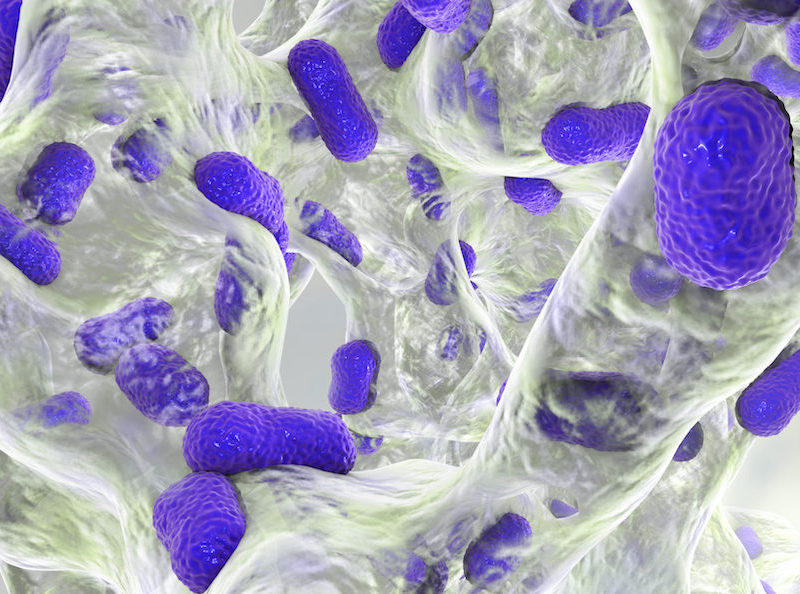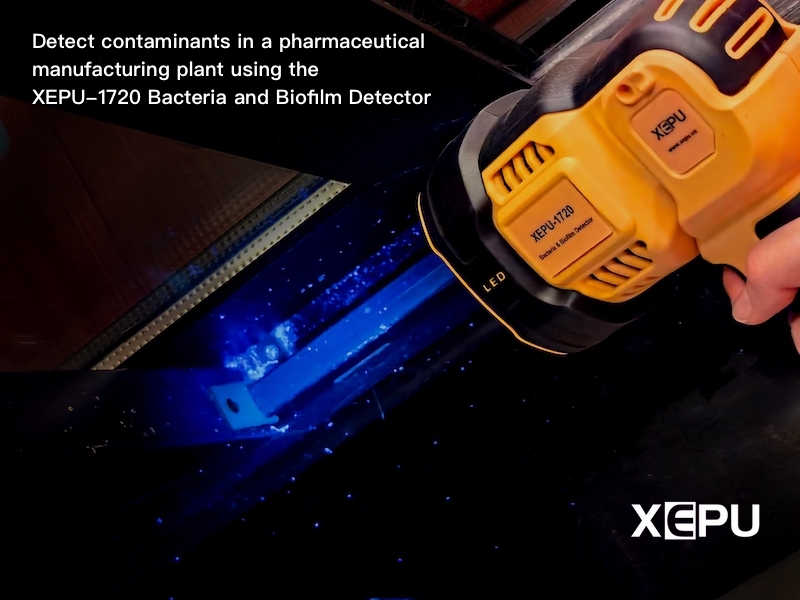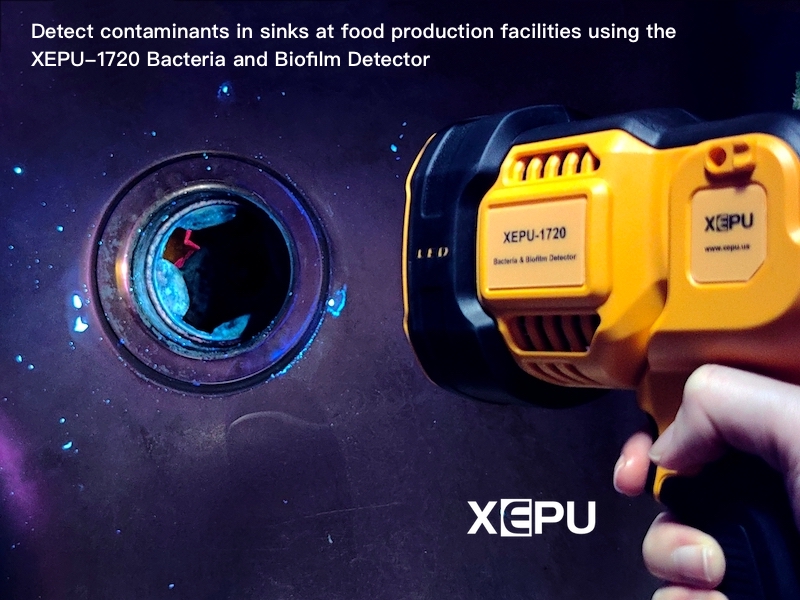UV Transilluminator for DNA Gel Electrophoresis
Gel Electrophoresis
Gel electrophoresis is a method of separating DNA fragments by movement through a Jello-like substance called agarose. Derived from a seaweed polysaccharide, agarose gels form small pores that act as sieves to separate DNA based on size. Smaller DNA molecules move through the pores faster and easier than larger molecules.
There is a nonlinear relationship between the size of the DNA fragments and the distance migrated. A DNA ladder should always be run to identify the size of experimental bands. A DNA ladder is a cocktail of DNA fragments with pre-determined sizes. The ladder, also called a DNA marker, is loaded alongside experimental samples as a reference tool for estimating band size.
Loading wells are oriented at the top of the gel to allow for precise insertion of PCR products into the gel. An electrical current is applied to move negatively charged DNA molecules away from a negative electrode (-) and toward a positive electrode (+). DNA migrates through the gel in a single, vertical lane. Three factors influence the speed of movement: the voltage of the electrical field, the concentration of agarose, and most importantly, the size of the DNA molecule.
DNA Visualization Using UV Transilluminator / Blue Light Transilluminator
DNA itself is not visible within an agarose gel. Therefore, during DNA gel electrophoresis, a fluorescent stain is added to the gel that binds DNA and fluoresces on the UV transilluminator or blue light transilluminator. DNA will appear as a bright horizontal line, or band, on the agarose gel.
There are two primary methods of DNA Staining:
(1) Pre-stain: DNA stain is added to the agarose gel mixture after melting, but before pouring the gel.
(2) Post-stain: The gel is incubated in a stain solution after gel electrophoresis.
Figure below: visualizing DNA bands using transilluminator
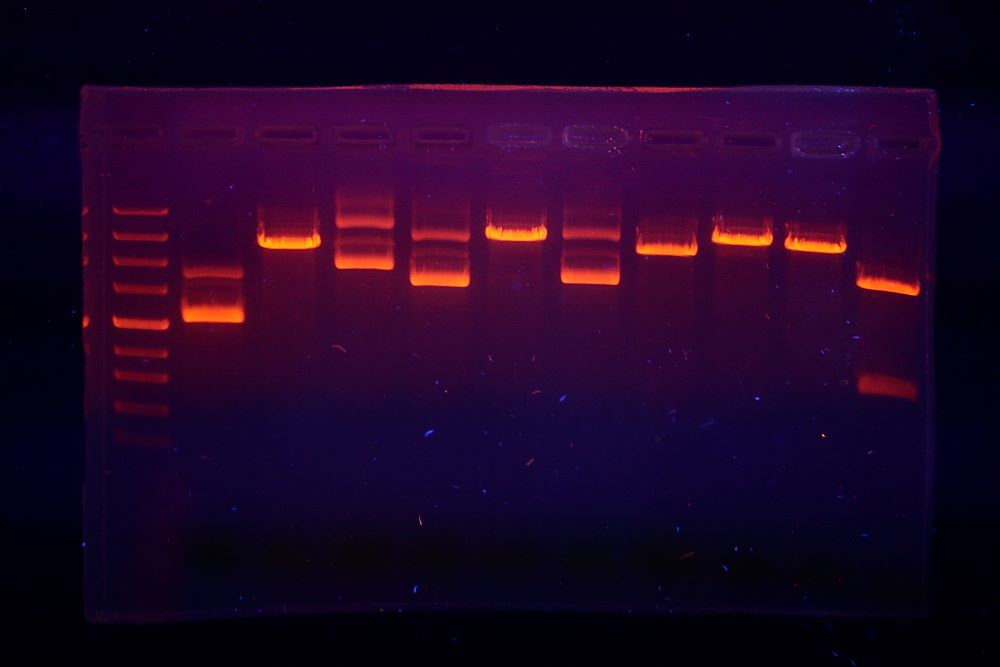
Dual Wavelength UV Transilluminator
In DNA gel electrophoresis experiment, different wavelengths of ultraviolet light have different functions.
● Midwave UV transilluminator (302 nm) is ideal for visualizing and photographing DNA bands.
● Longwave UV transilluminator (365 nm) is ideal for cutting and recycling the gel.
The XEPU Dual Wavelength UV transilluminator XEPU-1126ML, which provides both 302 nm and 365 nm UV illumination, is an efficient, multi-functional tool for both imaging and cutting the gel.
Key features of dual wavelength UV transilluminator XEPU-1126ML:
● You can easily switch between midwave and longwave UV light using the wavelenght selection button.
● 8 high-performance UV tubes provide uniform UV illumination for high-quality image.
● Large illumination area up 26 x 21 cm.
● UV light intensity is adjustable from 10% to 99%.
● A transparent UV block cover to protect user safety.
Figure below: dual wavelength UV transilluminator XEPU-1126ML
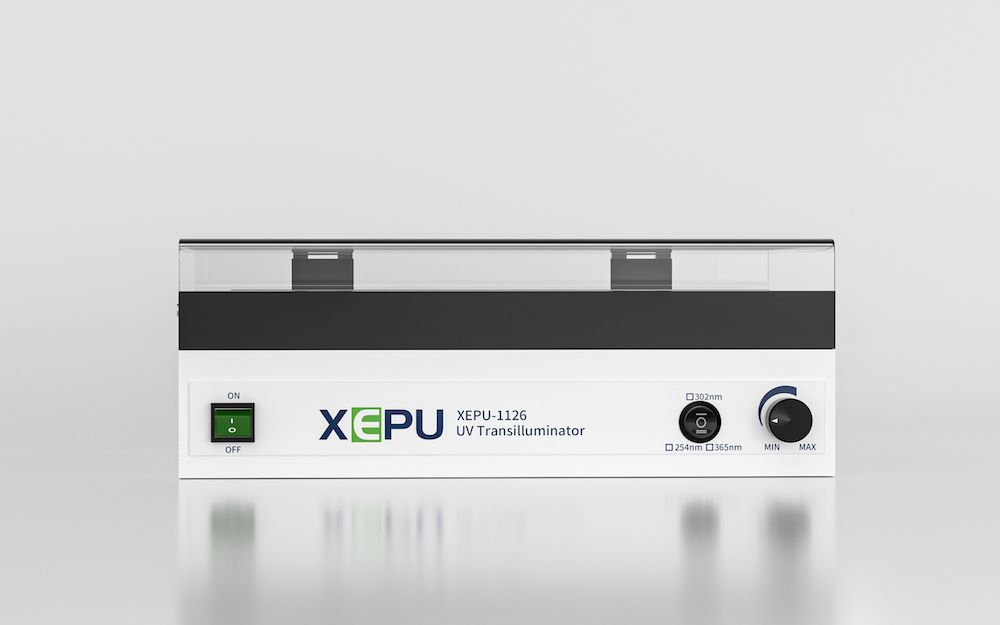
Safety Precautions for UV Transilluminator
The XPEU UV transilluminator is equipped with a transparent UV blocking cover. Remove the brown protective paper from the cover. The UV blocking cover is adjustable to varying angles for access to the filter surface.
If the UV blocking cover is missing, a UV blocking face shield must be worn to avoid UV exposure to the skin. The UV protection eyewear XP-100 should be worn even with the cover in place to avoid accidental UV exposure.
When the UV Blocking Cover is not being used, UV light may escape through the holes dedicated to accepting the bracket pins of the UV Blocking Cover.
Set-Up UV Transilluminator
Place the UV transilluminator on a level work surface. Be sure that an air space exists around the bottom of the work surface. This space allows for the proper air circulation through the unit.
Plug the female end of the power cord into the UV transilluminator. For 230 volt models, or those requiring special power cord connectors, ensure that the proper configuration of male connector or plug has been properly connected to the power cord.
Plug the male end of the power cord into a properly grounded electrical outlet. The proper voltage of the UV transilluminator is found on the product information label. If using the UV transilluminator with an imaging system, a jumper cable is required for connecting to the darkroom. Refer to the imaging system documentation for additional instructions.
Using the UV Transilluminator
Place gel/sample on the filter area. It is recommended to place the gels on a Gel-Tray to protect the filter surface from cuts and scratches. It is recommended that gloves be worn to avoid contact with gel and staining agents.
Press the ON/OFF switch to ON. The UV tubes within the transilluminator should be glowing beneath the filter. If using the UV transilluminator with an imaging system, the system’s main power is required to be in the ON position.
When using a dual wavelength UV transilluminator, push the button to select the appropriate wavelength setting. Turn the knob to adjust the UV light intensity. Adjust the UV blocking cover to an appropriate angle. Analyze and cut the gel behind the UV blocking cover.

